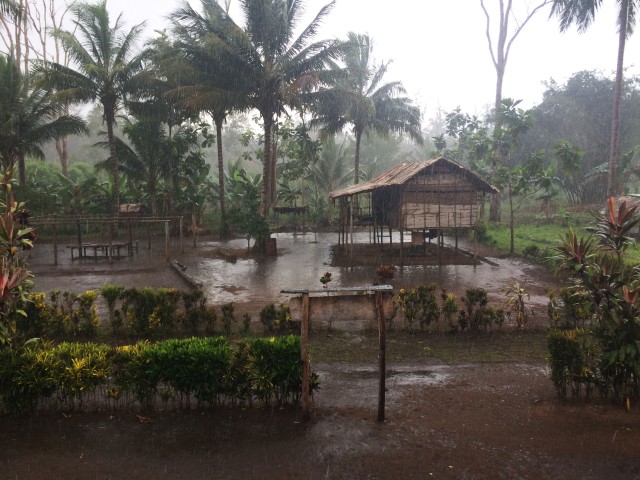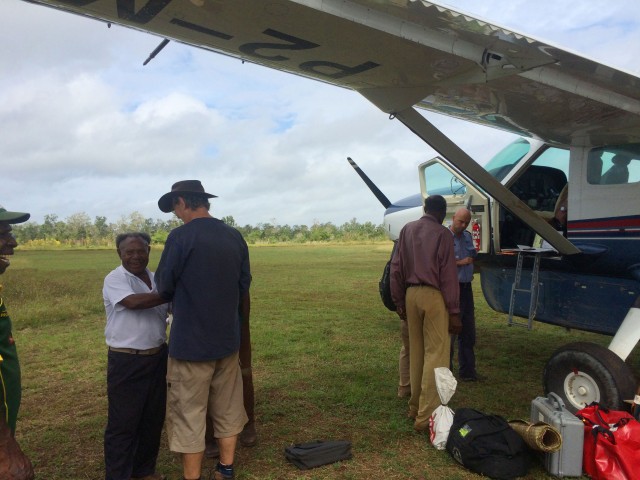
It’s been about a month since I’ve come back from fieldwork, and I’m also back from a bit of annual leave. Feeling refreshed and ready to get back into the fray of things!
Last year I left my fieldsite a month earlier at the onset of a harsh dry season, made worse by the worst El Niño event in a decade. The news once I’d gotten back to Australia wasn’t good, and also very difficult to get hold of news. I was unable to get hold of my contact in the village, and what I’d heard from the neighbouring village via whispers on the grape vine were about deaths. These villages are almost 100% subsistence farming. That means they have to grow all their food to live. Because of the drought, the usual wet season didn’t come this year. Which means that there’s a reduced harvest. Which means hunger.
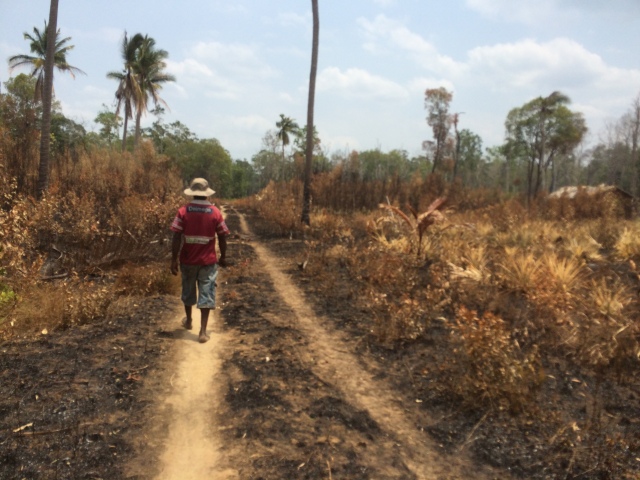
Naturally there was a lot of trepidation about going to the field this year. I wasn’t sure until about a month or so before going that we would actually be going at all. On the one hand, you don’t want to be a burden to your host community. If the harvest is reduced, and feeding mouths is tough, an extra adult in the community is an extra mouth to feed. In a place where hospitality to visitors is so important, locals will insist on feeding you… which may mean that other needy people (e.g. kids) might not get as much. On the other hand, you don’t want the community to feel they have been abandoned and forgotten. The South Fly Region of Papua New Guinea is one of the least developed areas of Papua New Guinea, and the locals feel that their government, and the outside world, has forgotten them.
So my supervisor suggested a short (two week!) trip, and I went along. And it was a very, very good thing to do.
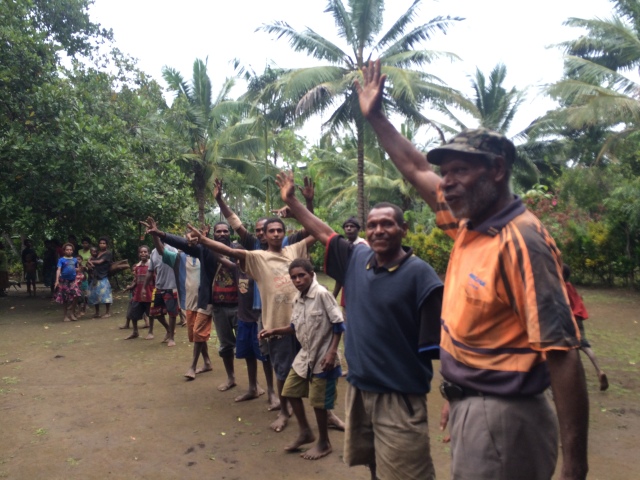
Firstly, I was able to see for myself what the effect of the drought was on the area. It was a real relief to be able to see people safe and sound, and in pretty good spirits. I had heard that in other areas of PNG, social problems in communities were exacerbated due to resource scarcity caused by the drought, but I wasn’t able to detect that in the two weeks I was on the ground. Some people were a tad gaunter than last year, but there were no deaths across the three villages I work with. People seemed genuinely happy to see me. And I was very happy to see people doing ok.
The second good thing about the trip was that it put a few things about natural disasters like drought and famine into perspective. This drought was scary from a personal point of view, knowing how tough the terrain is, and what a very basic subsistence lifestyle means in terms of survival. This drought episode has reinforced to me the robustness of human beings. I don’t mean to trivialise the drought though; I can only imagine what it is like to have to live through the thought that you might realistically not be able to survive on your home turf because you can’t feed yourself and your family. It just makes the thought and news very real that global warming and extreme weather phenomena are threatening the lives of millions of people. My host village is about 1000 people, in an area 30km by 10km. People will suffer, but humans have a way of surviving through it as a species. When we talk about human resilience we tend to gloss over the suffering that is experienced through that though.
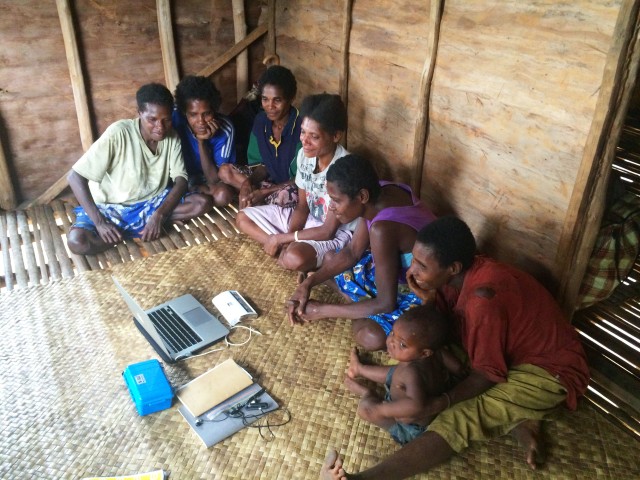
And the third good thing was, of course, I got some new data, and worked through a lot of data from last year too. I was thrilled to be able to work much more closely with the women in the community. The ground work and time spent last year has born fruit this year. I just felt good in the field, getting work done, getting along with people, our gear such as the solar panel and power all worked etc. I can see that, indeed, fieldwork at the same field site can get easier over time.
Now that the El Niño is over, the La Niña has taken over and is brining a lot of rain. It rained a lot while I was there. The last two weeks saw a lot of rain. Which may bring a new set of problems for the people in South Fly. Time to give them another phone call to see how they’re doing.
– eri
